The Chronic Struggle
I’ve found myself become more comfortable talking about my chronic pain and problems revolving around fibromyalgia, but there is a part of that struggle that up until now I’ve only mentioned to one, maybe two people. And that is the chronic struggle I have with myself everyday.

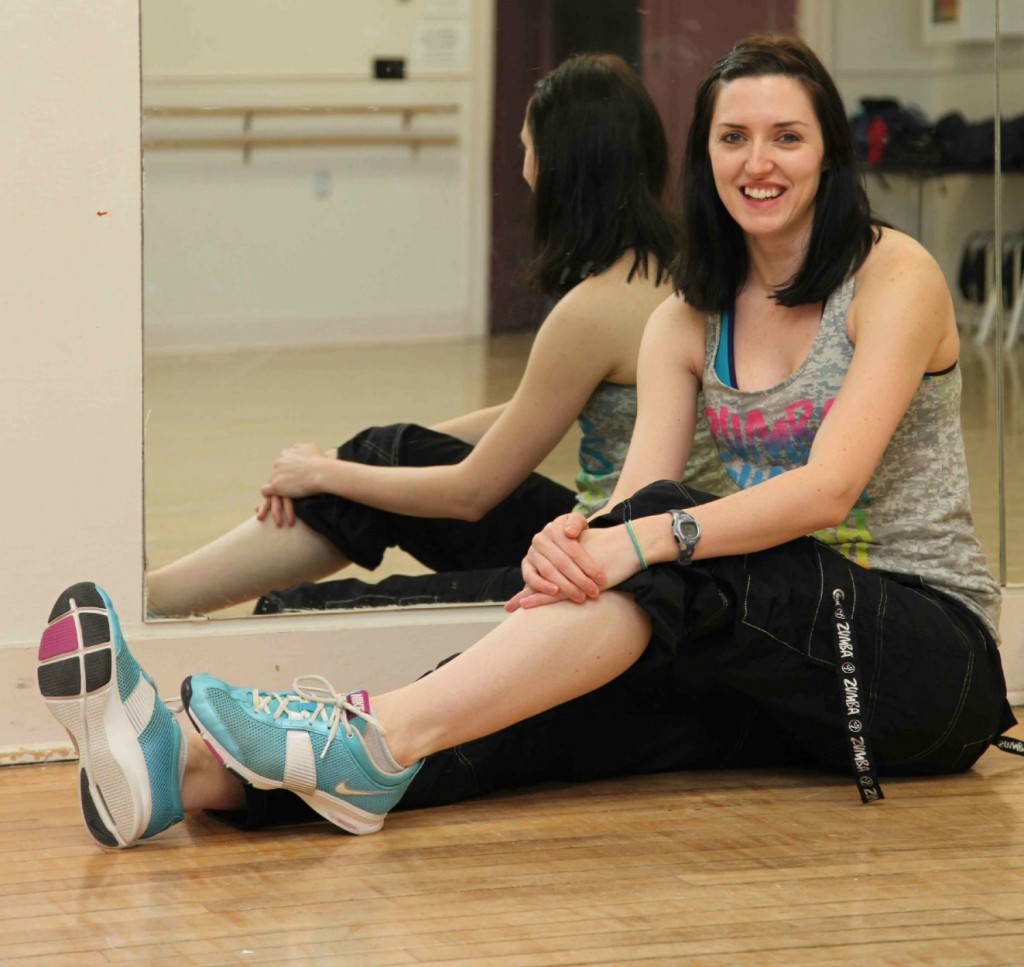
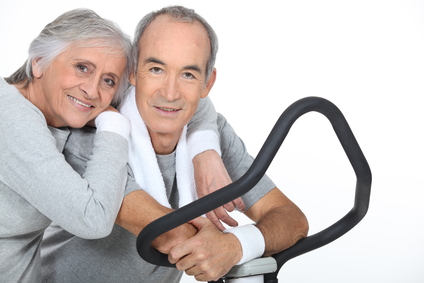

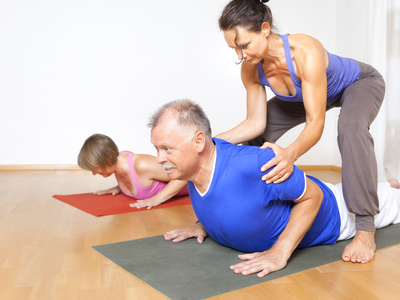

 In general, research has suggested when people overeat, about 85% of the excess calories get stored as fat and the rest gets lost as heat. Overfed fat cells grow in size and in number and provide a storehouse of energy. Obese people commonly have enough fat stores to last a year or more; even lean athletes have enough fat stores to fuel a month or more. Fat can be advantageous during a time of severe illness or a famine.
In general, research has suggested when people overeat, about 85% of the excess calories get stored as fat and the rest gets lost as heat. Overfed fat cells grow in size and in number and provide a storehouse of energy. Obese people commonly have enough fat stores to last a year or more; even lean athletes have enough fat stores to fuel a month or more. Fat can be advantageous during a time of severe illness or a famine. Purposeful exercise: This is what you burn during your workouts. This can vary considerably from day to day.
Purposeful exercise: This is what you burn during your workouts. This can vary considerably from day to day. Here is the fate of the 1,000 excess calories the subjects ate:
Here is the fate of the 1,000 excess calories the subjects ate: Boston-area sports nutritionist Nancy Clark, MS, RD offers one-on-one consults with both casual and competitive athletes. Her private practice is in Newton, MA (617-795-1875). For information about her Sports Nutrition Guidebook (2014) and food guides for runners, cyclists and soccer players, see
Boston-area sports nutritionist Nancy Clark, MS, RD offers one-on-one consults with both casual and competitive athletes. Her private practice is in Newton, MA (617-795-1875). For information about her Sports Nutrition Guidebook (2014) and food guides for runners, cyclists and soccer players, see 

 many rowers, runners, swimmers, and ice hockey players who eat their breakfast the night before. That is, instead of eating a bowl of cereal at 5:30 a.m., they enjoy it at 10:00 pm, before going to bed. This food helps them wake up in the morning with a normal blood glucose (blood sugar) level, and provides energy for an enjoyable and effective workout.
many rowers, runners, swimmers, and ice hockey players who eat their breakfast the night before. That is, instead of eating a bowl of cereal at 5:30 a.m., they enjoy it at 10:00 pm, before going to bed. This food helps them wake up in the morning with a normal blood glucose (blood sugar) level, and provides energy for an enjoyable and effective workout.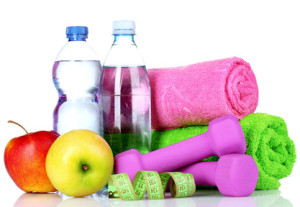 One client reported she didn’t eat before she went to the gym because she was exercising to burn calories. Why would she want to add calories to her diet? Wouldn’t that defeat the main purpose of her workouts?
One client reported she didn’t eat before she went to the gym because she was exercising to burn calories. Why would she want to add calories to her diet? Wouldn’t that defeat the main purpose of her workouts?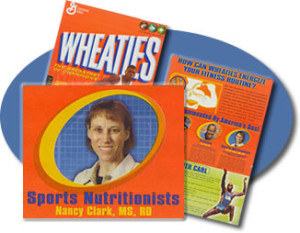 Boston-area sports nutritionist Nancy Clark, MS, RD offers one-on-one consults with both casual and competitive athletes. Her private practice is in Newton, MA (617-795-1875). For information about her Sports Nutrition Guidebook (2014) and food guides for runners, cyclists and soccer players, see
Boston-area sports nutritionist Nancy Clark, MS, RD offers one-on-one consults with both casual and competitive athletes. Her private practice is in Newton, MA (617-795-1875). For information about her Sports Nutrition Guidebook (2014) and food guides for runners, cyclists and soccer players, see